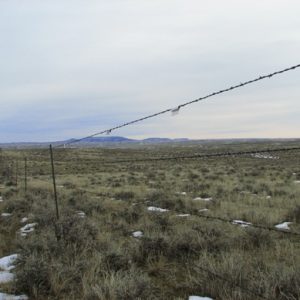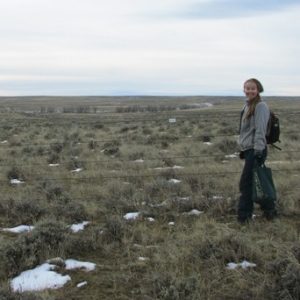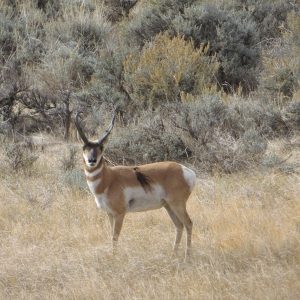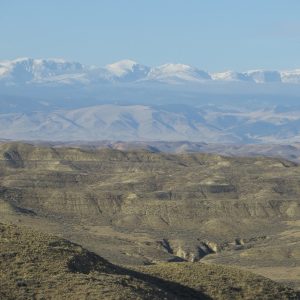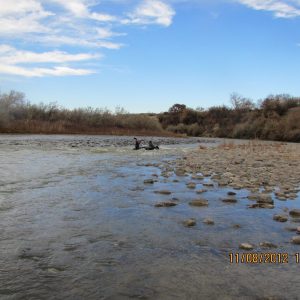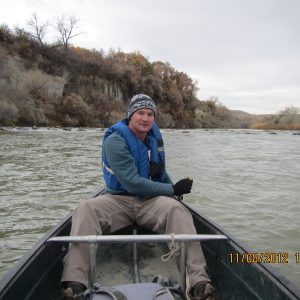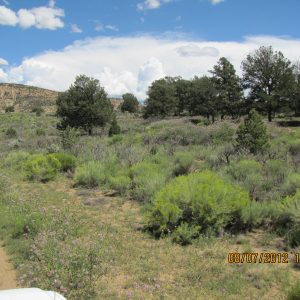My internship in Idaho is wrapping up. But I will continue to stay in Boise, as Lichen Curator at Boise State University through May or early June. I will continue to work on the same projects. I’m excited to stay and see the completion of the digitization of the lichen and moss records. Once that is complete, I will have the chance to finish some other projects, such as mailing off duplicate specimens. Boise, Idaho is growing on me, and I’m glad I have the opportunity to stay a bit longer. And unlike last winter, this year I am prepared for the cold weather, and have a bike to get around.
One of my last field days, myself and 4 coworkers drove out to an ACEC that has a rare sedge. It was thought extinct for many years, and then a graduate student randomly collected it, almost 100 years after it was first described. A road had been placed through the site. So we planted small sedge plants in the old road bed, to encourage the sedge growth. It was nice to feel that I made a difference, and I hope this small project goes a long way towards preserving this species. This sedge is only known from 2-3 sites in Idaho. However, my coworker, Pam, says there are probably more sites. Its stunning to think that in these large tracks of land, how much needs to explored. Even 10 months into my internship, it’s still hard to grasp how large and vast this country is.
Last month, a past CLM intern flew into Boise, Idaho to visit friends she made from her internship. Roger took us two and an additional past CLM intern out to lunch. It was very neat to have 3 interns in the same room, and I’m sure I’ll be back to visit the friends I made in Idaho in the future.
In other news, I am close to submitting an academic paper that my supervisor, Roger Rosentreter and I have been working on since June. It will be quite an accomplishment to finally submit it.

